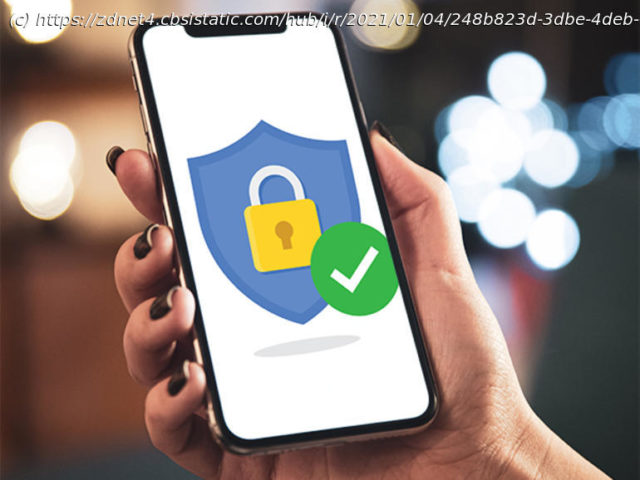Your iPhone knows a lot about you. Control who else has access to that information.
I’m sure that you carry a lot of data around with you on your iPhone, personal data that you wouldn’t want others to gain access to. While iOS is great at keeping your data secure, it’s a good idea every so often to take the time to check that everything is good and secure. There’s no better time to do this than now! Must read: Must-have tech gadgets to start 2021 the right way Biometric access using your face or fingerprint is both secure and convenient, but only a strong passcode can keep your data secure. No matter whether you use Touch ID or Face ID, you still need a passcode, and the stronger the passcode you can use — and remember! — the better. It really is the cornerstone of your security. If this falls into someone’s hands, they own your iPhone and its data. Remember, even if you use biometrics to access your iPhone, the passcode is still there as a backup, so make it a strong one. I also recommend changing it every few months for additional security against shoulder-surfers. Go to Settings > Face ID & Passcode (or Touch ID & Passcode on older iPhones with the Touch ID button), enter your existing passcode, and then tap on Passcode Options (or Change Passcode if you have this set already) to get a set of options. Choose between Custom Alphanumeric Code (the most secure) or Custom Numeric Code (second-best option). I don’t recommend 4-Digit Numeric Code because it’s easy for shoulder-surfers to see what your PIN code is (it’s also sometimes obvious which four numbers are in use because of the position of the greasy fingerprints on the display). While you’re here, scroll down to Erase Data and make sure that’s on. After 10 attempts (toward the end there will be a timer-based lockout to slow down the entry process, preventing pranksters from nuking your data), the encryption key will be deleted and your data permanently and securely wiped. The cornerstone to all good security is having good passwords. iOS has both a password autofill feature using the built-in iCloud Keychain or third-party password managers such as LastPass, Dashlane, and 1Password. You can find this feature in Settings > Passwords > AutoFill Passwords. One of the best ways to protect your data is to set up and use two-factor authentication. This means that, even if an attacker has your iCloud username and password, Apple will send an authentication code to a device you’ve chosen, which should block most attacks.






